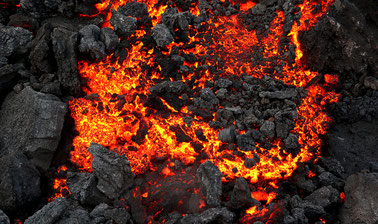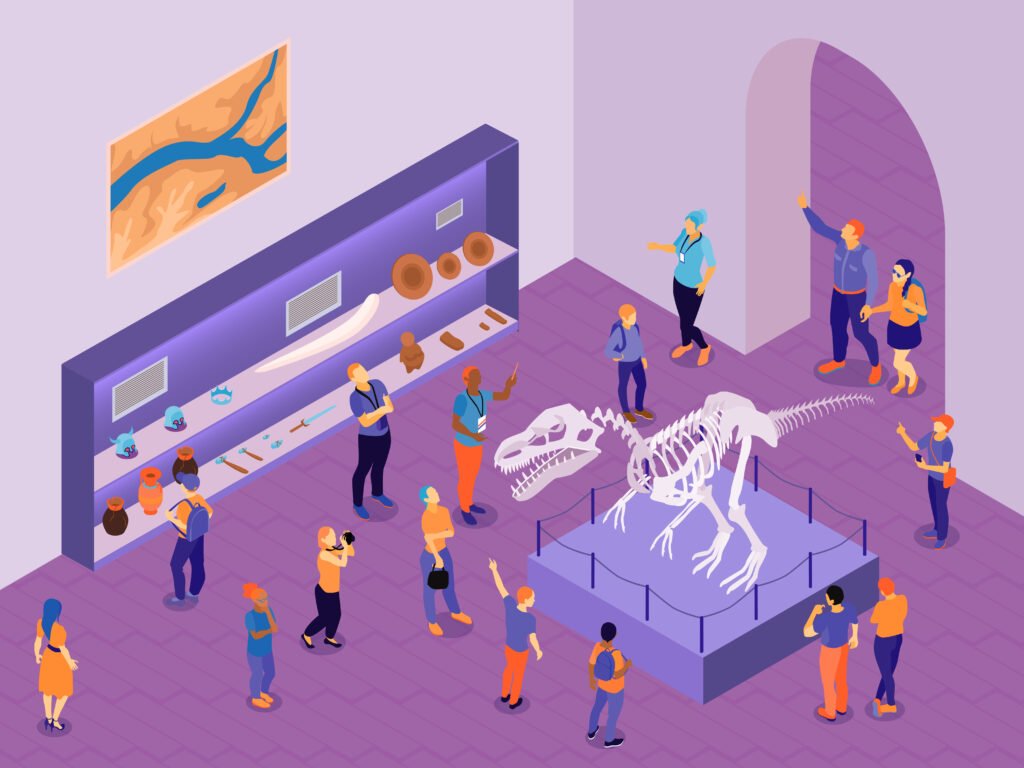The online glacier simulations on this page will help you to better understand the dynamics of glaciers and how they increase or decrease in size.
What are glaciers
Glaciers are ice masses formed by the accumulation and compression of snow over long periods of time. They are a fundamental part of mountain ecosystems and play a crucial role in the global climate balance. These large expanses of ice are found mainly in polar regions and high mountains.
Glacier movement
Glaciers form when snow accumulates faster than it melts. As more snow accumulates, pressure from the upper layers compresses the older snow, turning it into pack ice. Over time, this ice shifts under its own weight, creating a glacial flow.
Types of glaciers: mountain glaciers and cap glaciers
Mountain glaciers, also known as alpine glacier or valley glacier, are found in mountainous regions and flow down mountain slopes. Their size is relatively small compared to other types of glaciers and their movement is conditioned by the topography of the terrain. Typical examples of mountain glaciers are found in the Alps, the Andes and the Himalayas.
Continental glaciers, also called cap glaciers, are huge glaciers that cover large areas of land, regardless of the underlying topography. They flow in all directions from a center of ice accumulation and can cover continents, as in the case of Greenland and Antarctica.
Importance of glaciers
These impressive ice bodies harbor incredible biodiversity, with unique adaptations to survive in extreme conditions. Glaciers are home to diverse life forms, such as algae, lichens and small invertebrates. They also act as freshwater reservoirs, slowly releasing water into rivers and streams as they melt, which is essential for the survival of many ecosystems and human communities.
Explore the exciting STEM world with our free, online simulations and accompanying companion courses! With them you'll be able to experience and learn hands-on. Take this opportunity to immerse yourself in virtual experiences while advancing your education - awaken your scientific curiosity and discover all that the STEM world has to offer!
Glacier simulations
- Movement
Glacier movement
Adjust snowfall and temperature to see how the glacier grows and contracts. Use scientific tools to measure glacier thickness, velocity and accumulation.
Giants of science
“If I have seen further, it is by standing on the shoulders of giants”
Isaac Newton

James Hutton
–

Charles Lyell
–
Become a giant


Unconventional Reservoir Geomechanics



Reservoir Geomechanics



Monitoring Volcanoes and Magma Movements



Geoscience: the Earth and its Resources



The History of Ancient Environments, Climate, and Life



Sensing Planet Earth – Water and Ice



Sensing Planet Earth – From Core to Outer Space



Our Global Ocean – An Introduction Course



























